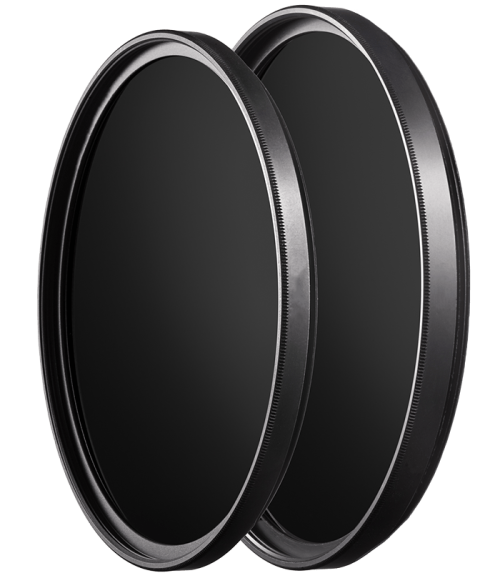Schneider-Kreuznach SWIR Filters: Making the Invisible Visible for more precise Material Analysis
Schneider-Kreuznach's SWIR (Short-Wave Infrared) filters, with their narrow bandwidth and steep edges, transmit only this spectral range required for high-precision data acquisition and the revelation of invisible details. This technology is indispensable in quality control, image processing and numerous other applications - from spectroscopy and medical imaging to art restoration.
The latest generation of SWIR filters from Schneider-Kreuznach opens up completely new possibilities for industry and science. These specially developed filters transmit small band short-wave infrared light and blocks unwanted environmental light, revealing details that otherwise remain unseen. They are ideal for detecting hidden defects and optimizing material analysis.


